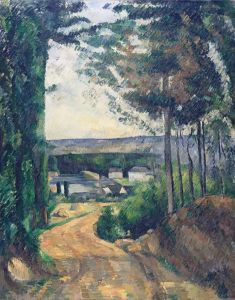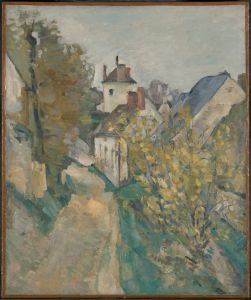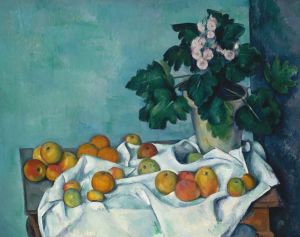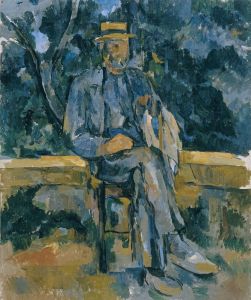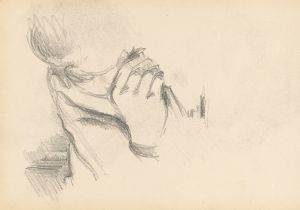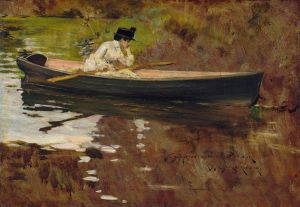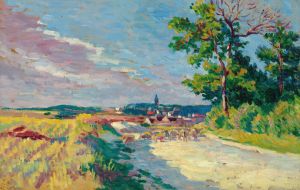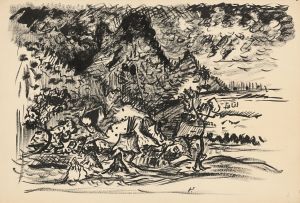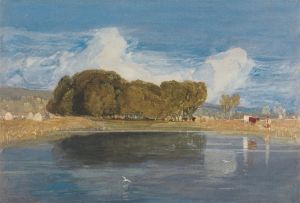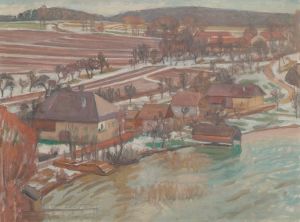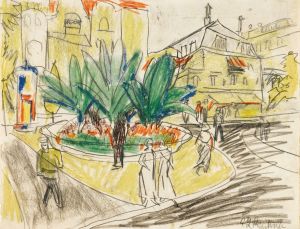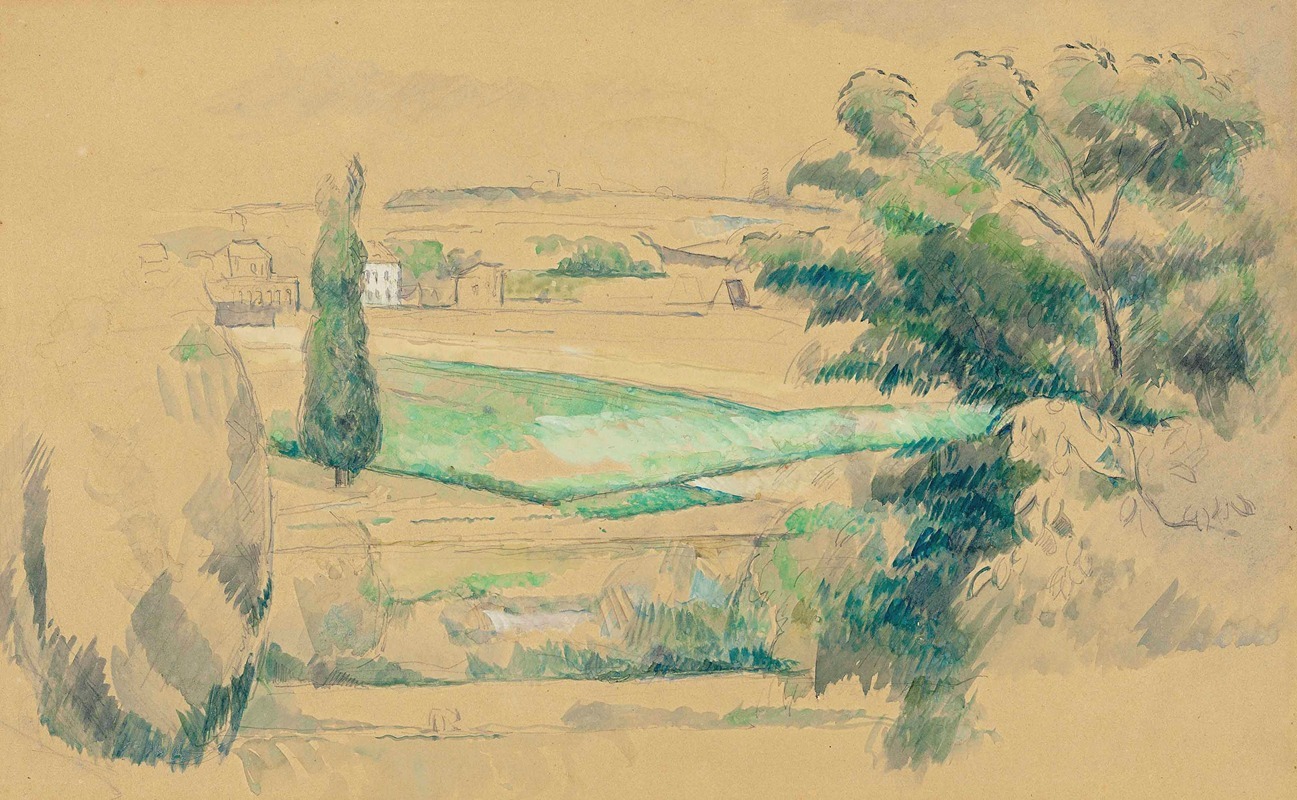
Paysage
A hand-painted replica of Paul Cézanne’s masterpiece Paysage, meticulously crafted by professional artists to capture the true essence of the original. Each piece is created with museum-quality canvas and rare mineral pigments, carefully painted by experienced artists with delicate brushstrokes and rich, layered colors to perfectly recreate the texture of the original artwork. Unlike machine-printed reproductions, this hand-painted version brings the painting to life, infused with the artist’s emotions and skill in every stroke. Whether for personal collection or home decoration, it instantly elevates the artistic atmosphere of any space.
"Paysage" (Landscape) is a painting by the renowned French artist Paul Cézanne. Cézanne, who lived from 1839 to 1906, is often credited with laying the groundwork for the transition from 19th-century Impressionism to 20th-century Cubism. His unique approach to form and color significantly influenced the development of modern art.
"Paysage" is one of the many landscapes Cézanne painted throughout his career. His landscapes are celebrated for their innovative use of color, brushwork, and perspective. Cézanne often painted the countryside of Provence, the region in southern France where he was born and spent much of his life. The exact date of "Paysage" is not always specified, as Cézanne created numerous landscape paintings over several decades.
Cézanne's landscapes typically feature a harmonious blend of natural elements such as mountains, trees, and rural buildings. He had a distinctive way of capturing the essence of the landscape through a methodical and repetitive approach to painting. His technique involved building up the surface of the canvas with small, repetitive brushstrokes that created a sense of depth and structure. This method allowed him to convey the solidity and permanence of the natural world.
One of the key aspects of Cézanne's landscapes is his use of color. He often employed a palette of greens, blues, and earth tones to depict the natural environment. His use of color was not merely representational but also expressive, contributing to the overall mood and atmosphere of the painting. Cézanne's ability to capture the changing effects of light and atmosphere in his landscapes was highly influential and admired by his contemporaries and later artists.
Cézanne's approach to composition was also innovative. He frequently used geometric shapes and patterns to organize the elements within his paintings. This method of structuring the composition helped to create a sense of order and stability, even in scenes that might otherwise appear chaotic or disorganized. Cézanne's landscapes often feature a balanced arrangement of forms, with careful attention to the relationships between different elements.
"Paysage" exemplifies Cézanne's dedication to capturing the essence of the natural world through careful observation and a deep understanding of form and color. His landscapes are not just representations of specific places but are also explorations of the fundamental principles of painting. Cézanne's work has had a lasting impact on the art world, inspiring countless artists and contributing to the development of modern art movements.
Overall, "Paysage" by Paul Cézanne is a testament to the artist's innovative approach to landscape painting. Through his unique use of color, brushwork, and composition, Cézanne was able to convey the beauty and complexity of the natural world in a way that continues to resonate with viewers today.





